Description
“In Changes, Luke and Trisha have given us a scriptural script and relevant roadmap for teaching, speaking, and, most importantly modeling the journey of becoming a sanctified sexual being. Celebrating change within our families just became a lot easier!” – Noel Bouché, President of PureHOPE
This series of studies covers basic theological and biological concepts that children ages 8 to 12 can understand. Each short study is anchored in a specific text of Scripture.
- Lesson 1 looks at the adolescent years of Jesus, talking about how the culture in which Jesus lived recognized puberty as an important phase of physical and spiritual development. The goal of this lesson is to help your child see these changes not as something bizarre, but as something good. Even the Son of God Himself went through them.
- Lesson 2 looks at the process of change in the human body throughout all of life. Puberty is just one of several significant phases men and women go through as they age. Physical changes are a normal part of life and nothing to fear.
- Lesson 3 addresses the mental and emotional changes of puberty, as well as the internal catalyst for change in our bodies: hormones. The goal of this lesson is to teach children there are natural internal mechanisms in the body that guide the process of puberty—created by a loving, wise, and sovereign God.
- Lesson 4 looks at the overall physical changes common to both boys and girls, including basic changes like height, body hair, body odor, acne, etc. This is all part of the natural transition to adulthood.
- Lesson 5 deals with the changes that take place in girls during puberty, such as fat deposits, breast development, and menstruation. These changes are a natural part of what it means to be female.
- Lesson 6 is about changes that take place in boys during puberty, such as muscular growth, facial hair, voice changes, testicular growth, and ejaculation. These changes are a natural part of what it means to be male.
- Lesson 7 will delve into physical attraction. The Bible describes physical attraction as both very good and very powerful. Our kids need to understand both its goodness and power if they are going to steward their sexual development well during puberty.
Each lesson has an opening discussion topic, a Scripture reading, an explanation of the passage, questions to ask your children, and a prayer. The book also contains simple line drawings of male and female anatomy.
What ages of children would benefit from this study?
Changes was written for parents to read with children ages 8 to 12 years old. The study supplies children with a Bible-based understanding of puberty in a language they can understand.
This is only a guideline, of course—8 to 12 is a broad range.
When is the best time to talk about puberty? In brief, it is a good time to talk about puberty when your child can make good use of the information. For many kids, this means talking about puberty some time before or right as overt signs of puberty are first visible in their own bodies, or when signs of it are visible in the lives of their peers. (Delaying the conversation because your child is a late bloomer is unwise because their peers around them are experiencing obvious changes he or she needs to understand.)
Depending on how your child’s own body is developing and depending on the physical development of those your child is around, it could be perfectly fitting to go through this material around 8 years old, and for many kids, ages 9-11 would be ideal, but every child’s situation is different.
“Your kids can first learn about puberty on the playground and the back of the bus or they can learn about it from the Bible and from their parents; it’s your choice. Changes offers a sound and easy to follow biblical guide that does the hard part for you.” – Noah Filipiak, Teaching Pastor, Crossroads Church in Lansing, MI
Get the Whole Sex Ed Series!
Changes is the 2nd installment in a series of books for parents to teach children about biblical sexuality. Learn about the whole sex ed series!


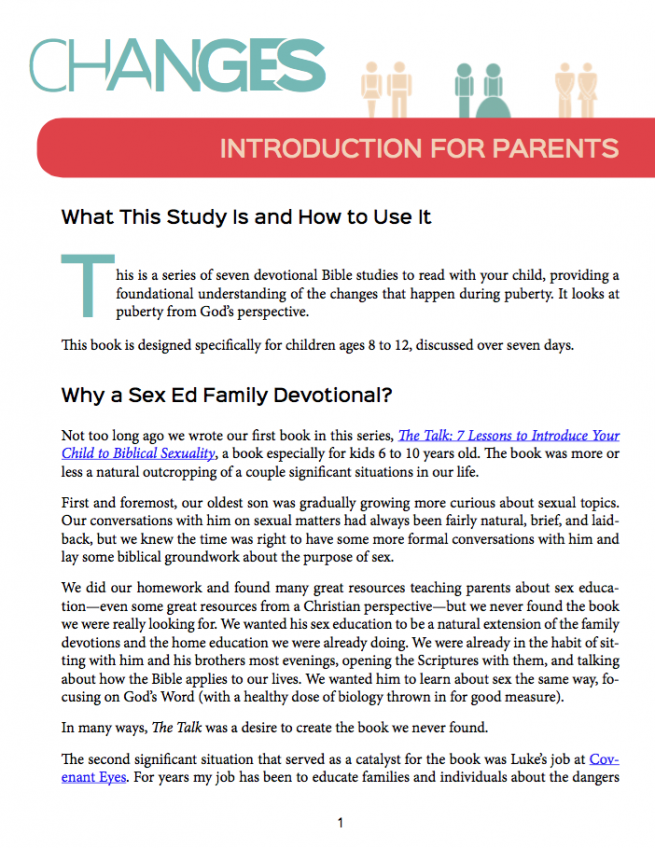
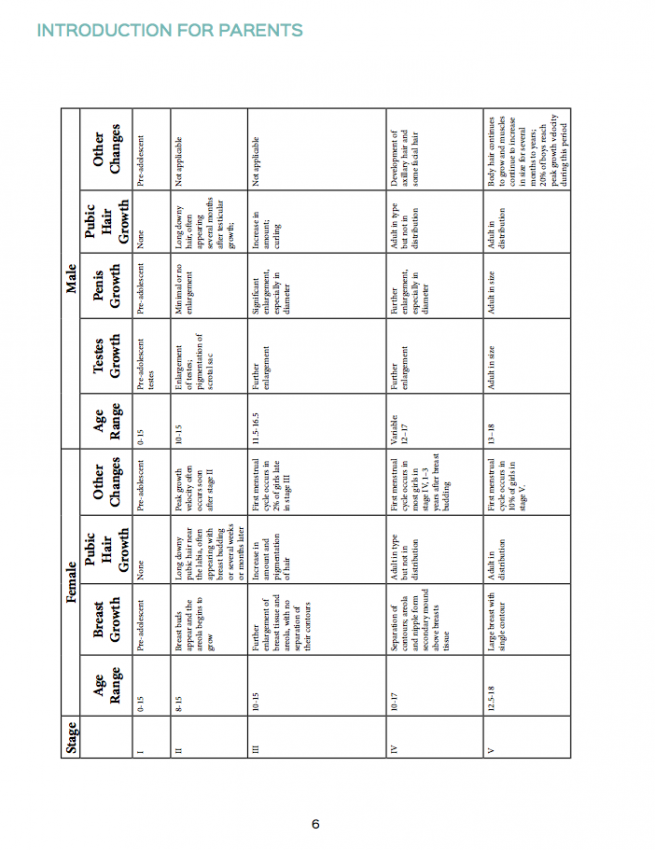
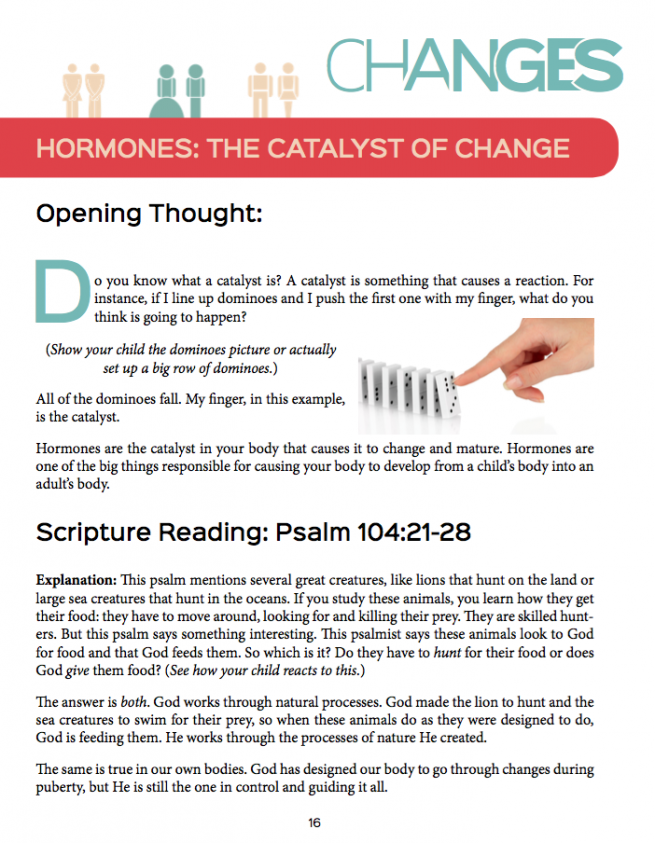
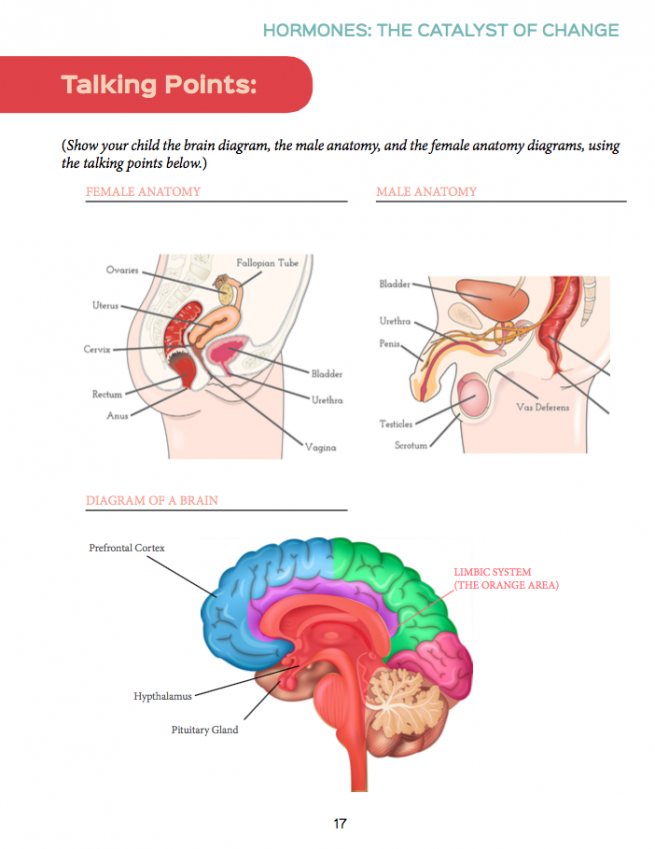
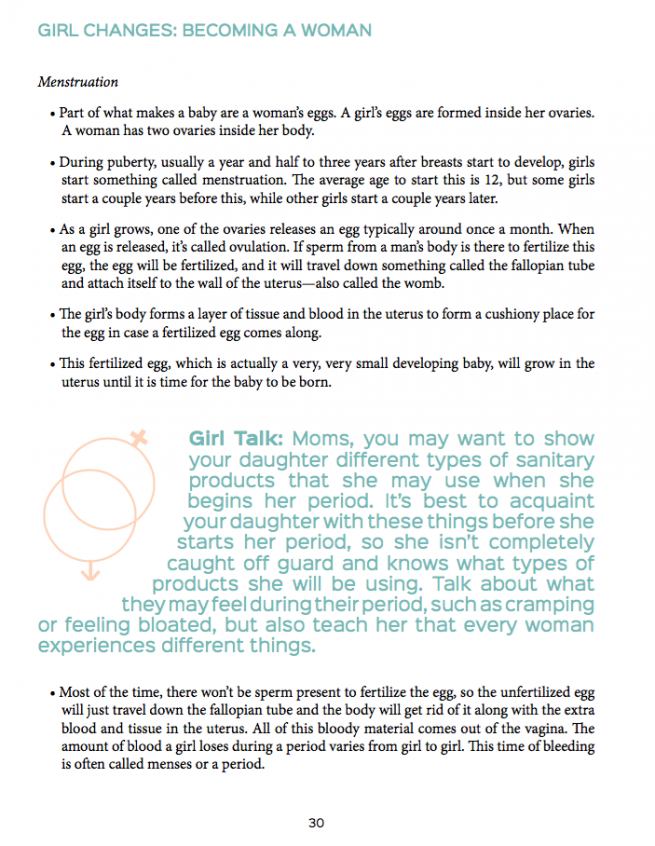
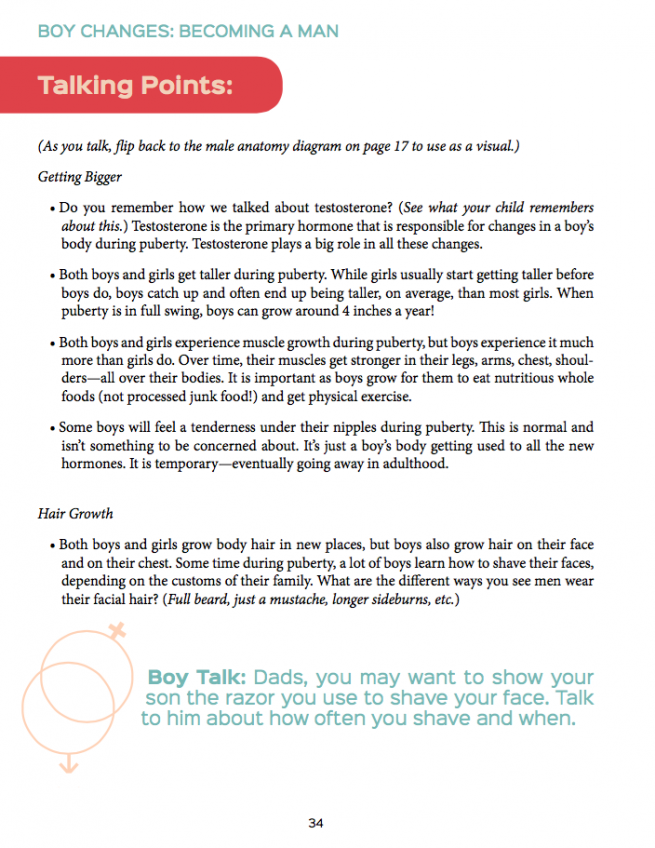
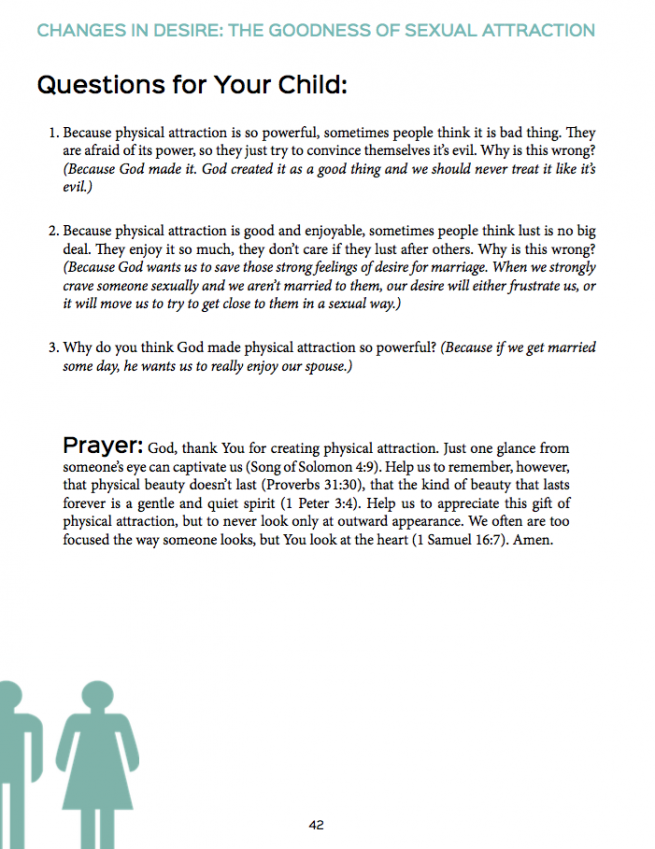
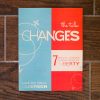
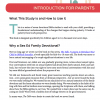
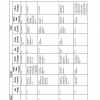

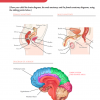
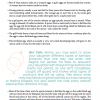
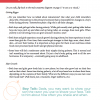
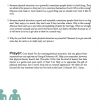

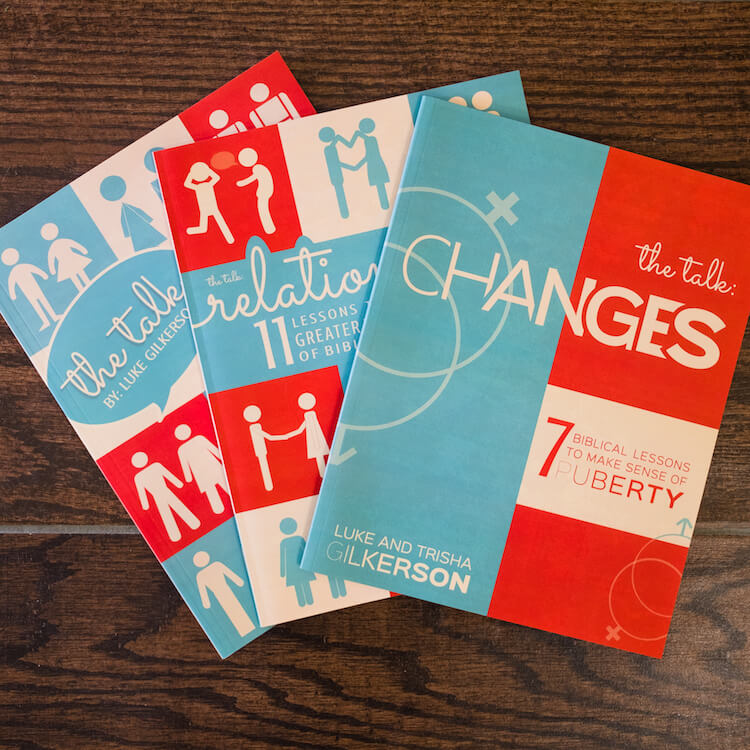
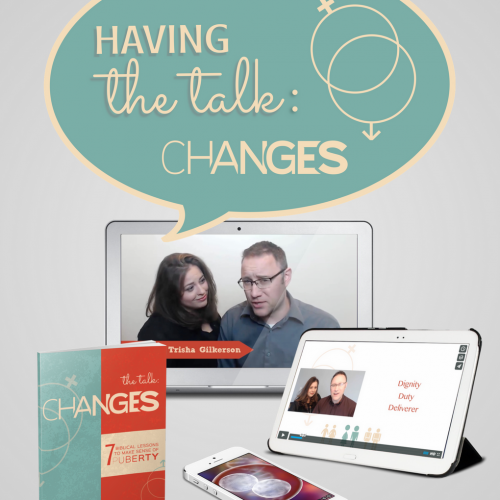
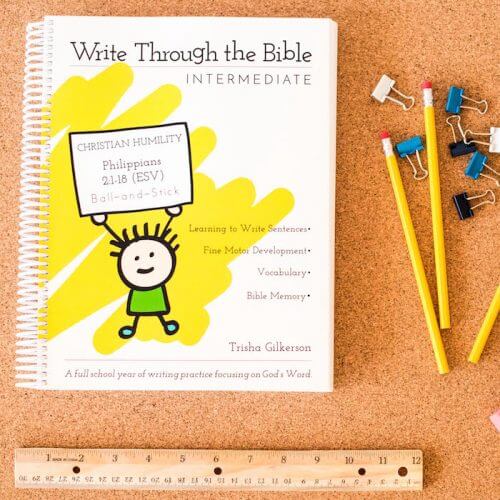
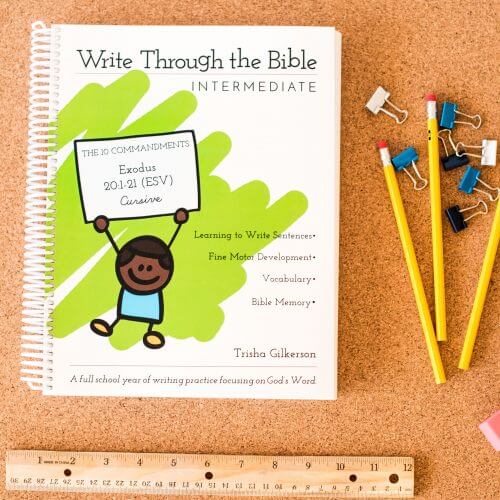
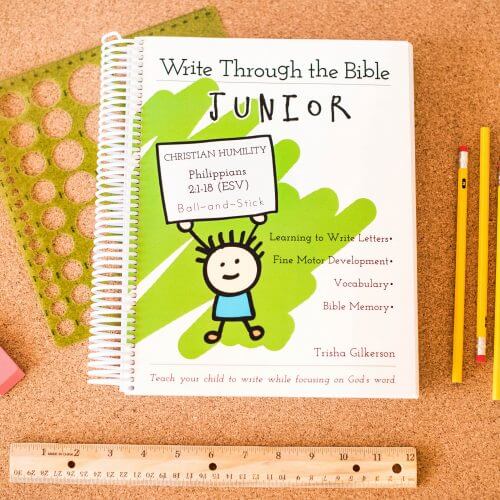


Sharla –
I am so thankful for this resource. As the mom of many teens and someday-to-be-teens, it has been wonderful to be able to walk them through the process of puberty in such a comprehensive way. Using this book allowed frank discussions that weren’t intimidating for me (or for them). Thank you again!